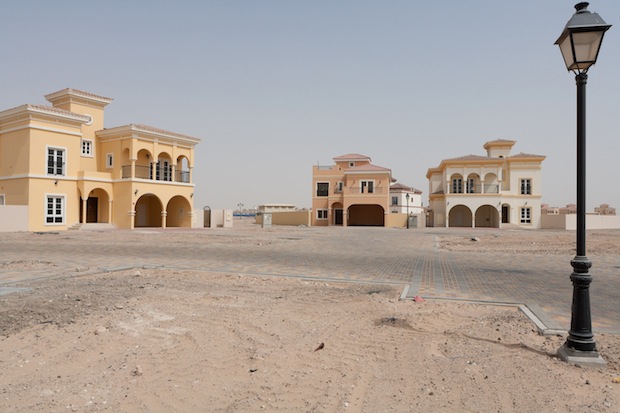If you’ve ever wondered what it will look like when we colonise Mars, the answer is ‘Dubai’. I was there the other week. Bloody hell, what a place. You sit there on your unabashedly fake beach on your un-abashedly fake island, perhaps basking in the shade of a palm tree that plainly wasn’t there a decade ago, because this used to be the sea. And across the bay, which is of course a fake bay, you can see skyscrapers. Pleasure zone, business zone, shopping zone. You half expect to find Richard O’Brien prancing around in a leopardskin top hat, urging you to collect crystals.
It’s a great place for a holiday, for all its glaring moral flaws, but I don’t think you’d want to live there. And indeed hardly anybody truly does. I think I saw a grand total of two Emiratis over my whole trip, decked out in their dishdashes and keffiyehs and terribly expensive sunglasses in a restaurant in a shopping centre. They make up about one sixth of the population, I gather. Everybody else is transient, even if they’re there for years.
The place has bustle, certainly, and anywhere that isn’t a building site already has a building on it. But you look at the people and you look at the buildings, and one thing becomes immediately apparent. Which is that there aren’t nearly enough of the former for the latter. Quite a lot of the time, you realise, the only people who can possibly be living in the buildings there already are the people who are building the buildings that there, as yet, aren’t.
And yet Dubai’s property market is booming. Things famously went horribly wrong a few years ago, and various vast prestigious projects (such as the Burj Khalifa, the tallest tower in the world) stood unwanted for months.









Comments
Join the debate for just £1 a month
Be part of the conversation with other Spectator readers by getting your first three months for £3.
UNLOCK ACCESS Just £1 a monthAlready a subscriber? Log in